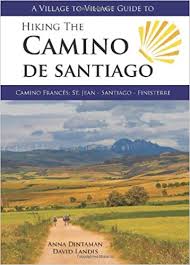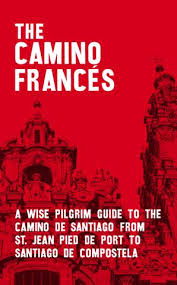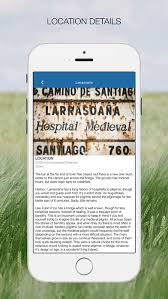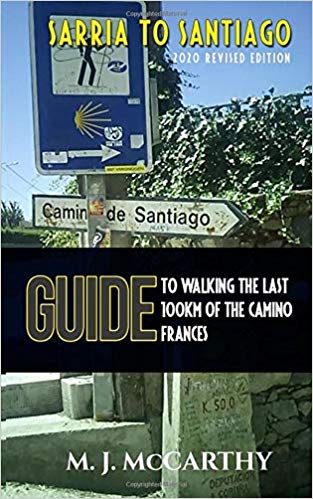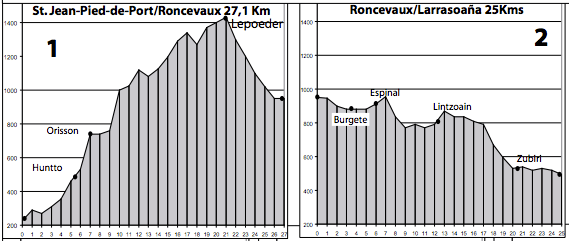Do you need a guide book to walk the camino? Short answer: No. You don’t actually need one. But you might want one, even if you leave it at home when the time comes to pack up your camino kit and leave.
Guidebooks are great for planning. You can read the cultural and historical info in them, check out the accommodation in the different places you’ll be going through, plan your daily walks depending on where you want to end up every evening*, make notes in the margins on places where you want to eat.
*It probably won’t end up like that but hey, planning is half the fun! (The other half is going with the flow when you get there.)
So what guidebook do you need? Easy – one that is thorough, up to date, a good read, has clear maps, space for notes, fits in your strategically placed pocket and weighs nothing. In short: It doesn’t exist. Every guidebook is a compromise between the above and you have to decide what you need the most. Also be aware that a lot of other people will have the same guide and stop at the same village or town as you, so don’t slavishly follow the stages set out by any guide book. They have to break up the map every so often, but you get to choose where and when (and why) you stop for the day.
The classic in English is the Brierley guide, simplistic maps to be read from the bottom up with elevation, path condition, accommodation and alternative route info. (Also some spiritual daily messages you might or might not enjoy in the ‘full fat’ version.) They now have some smaller maps-only guides printed on lightweight paper.
A relatively new guidebook which has been getting good reviews – and my current favourite in the lightweight maps-only format – is the Village to Village guides, which as the name suggests is going for comprehensive but heavy village by village info. It also has real maps and good info on facilities in each village. Sample chapter available on the website.
Another increasingly popular brand is the Wise Pilgrim, which offers printed guidebooks as well as the Wisely smartphone app with downloadable map and links to booking accommodation for a wide range of routes.
The German publisher Rother has a popular guide in English. They are more compact but otherwise it’s much the same: history, landmarks, elevation, accommodation. It is smaller than the three above though.
Cicerone guides are also popular, if a bit heavy, but smaller than the full fat Brierley. It has lots of info and stage plans, everything you might need. Have a look at the maps, photos and content info on their website.
The guide known in pilgrim circles as ‘the yellow German one’, the Outdoor guide, has now been translated to English and is also proving popular. The link takes you to Amazon UK where you can see some of the pages.
If you are looking to walk the last 100 kms to Santiago on the Camino Francés, you might want to pick up the MM3 guide to this section. There is also a León to Santiago version here.
And then there is of course the one sheet with elevations that you get from pilgrim offices along the way. That’ll do too, you can download it from here – or you can just follow the yellow arrows and other pilgrims!
If that leaves you wanting more info, the Gitlitz and Davidson The Pilgrimage Road to Santiago: The Complete Cultural Handbook could be just what you need. Don’t be fooled by the misnomer ‘handbook’ though, it is far too big and heavy to carry on the camino, but a great choice for planning what you want to see and make sure you don’t miss anything. Also it is now available as a weightless e-book, perfect for your Kindle or mobile!
For the sake of simplicity I have linked to a recent Camino Francés guide where possible, there might be guides for other routes from the same publisher. Let me know if you have a different favourite and I will put it on here!

